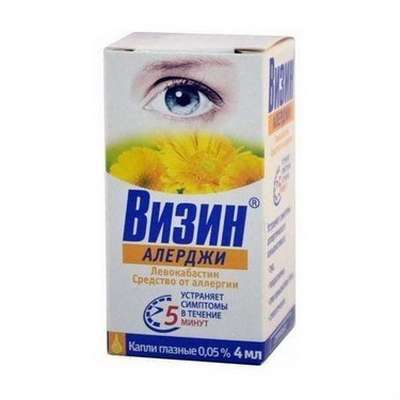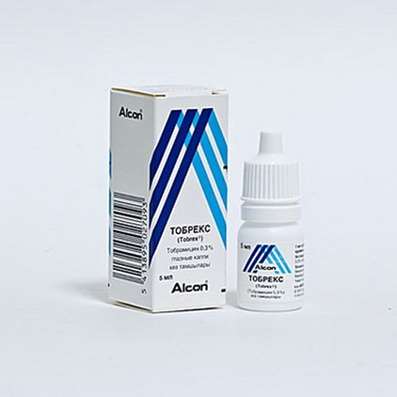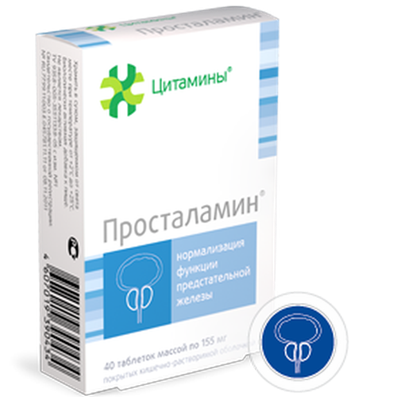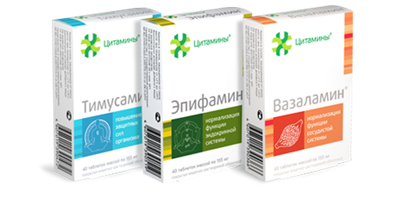Psychology of Corporeality
09 Dec 2016
Psychologist Dr. Doping tells about sources of interest to somatics experiences, division into "Me" and "not-myself" and experiments showing the ratio of women to the body. How is born a sense of "I" from the flow of sensory information? What is the "mirror stage" in the development of the individual? And watching psychosomatic medicine helps to prevent deviant behavior?
Psychology of corporeality is an old subject of study of ancient science, but we can say that as a psychological discipline, it is relatively independent and young. Of course, interest in the body as "catfish" has been known for a long time, in the practices of shamanism, medicine first. In part, we can say that the psychology of corporeality come through this area of knowledge as psychosomatic, because psychosomatic known psychosomatic disorders of the body. For example, in the case of BDD it is known that man himself appreciates not like he really feels, and the way it looks from the outside. And here we see the physicality intersection, namely the psychology of corporeality, and his own body experiences.
To improve cognitive function – use Cortexin, Semax, Piracetam and Noopept.
If we talk in terms of ontogeny, we can say that the first division of the "I" and "not-self" occurs on the mirror stage, when the child begins to separate himself from his image in the mirror, the child understands that this map, and it is - it himself. That is, a first division "I, my, myself" or "I'm passive, I am active" and "I'm different." And then there is decentration, and happens physically. The baby, the child begins to understand where it ends its area of activity and physical grasping ( "grasping" of course, metaphorically) and wherein the outer world acts on his body. We can say that bodily experience as the first experience of our decentered very important to cognitive development. We know from Piaget's phenomena that only at the stage of formal logical operations - in general, this is a very late development - we can see the world, being able to change one component to another component. This is a very advanced stage of our cognitive development.
The body we have the border, this border is represented by the skin. We carried out a fictional experiment, when it was necessary to select some cream. And different categories, creams descriptors were chosen - cream has something, and then the action. It turned out that it is possible to allocate the protection, improving appearance, cleansing can be identified, treatment parameters of these different creams. This, of course, associated with self-esteem, with personal characteristics, some cream chooses what kind of woman. But we spent the same technique with the girls who have committed grievous crimes (murders), in prison, it's juvenile criminals. And it turns out that they chose only those descriptors, only those descriptions of creams that offer protection. And maybe - this is our working hypothesis is now that we adhere to - that's the corporal offenses, tattoos and piercings are an attempt to probe his physicality, to touch his physicality, to understand who I am.

 Cart
Cart





